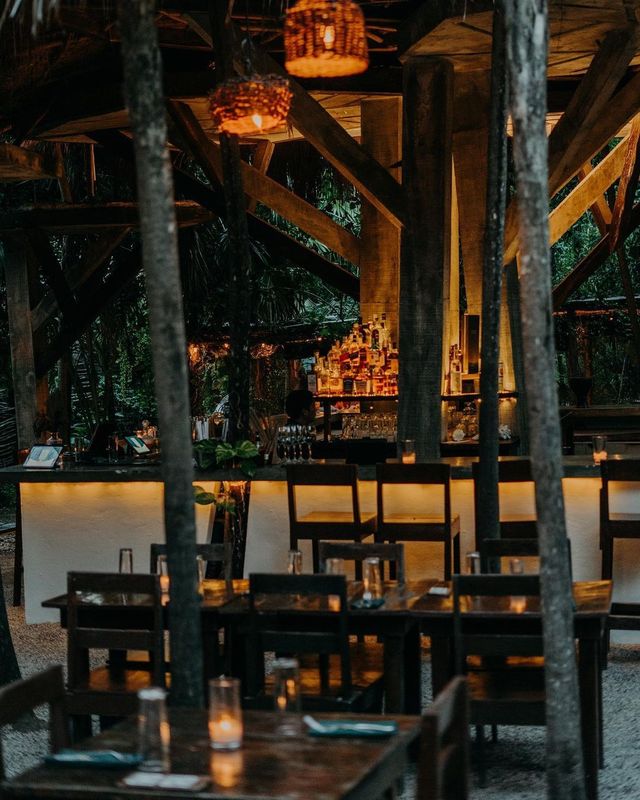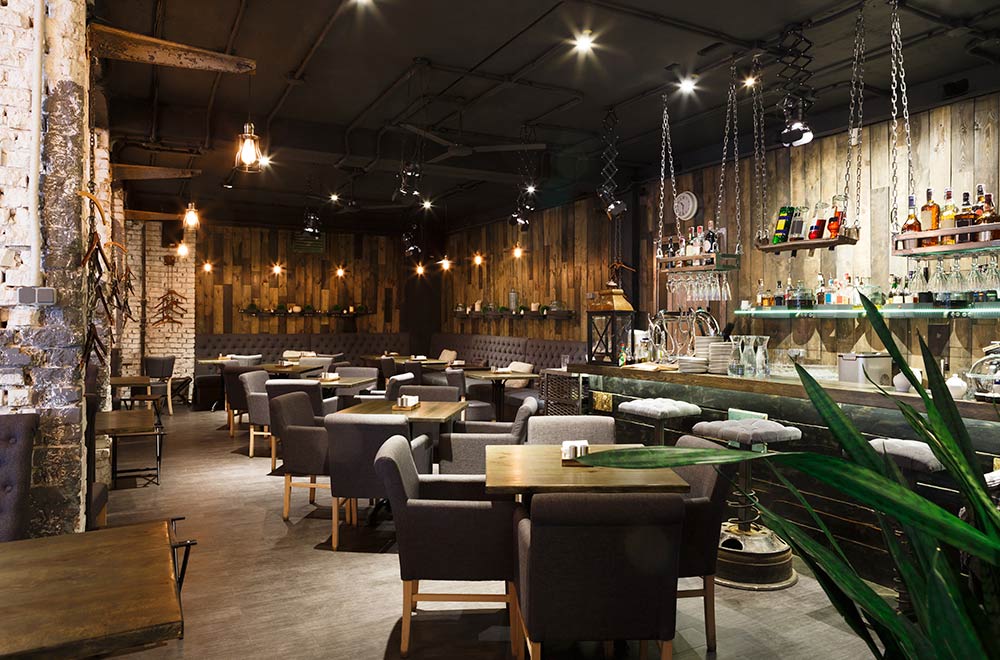Instagrammable Restaurants Islamabad: Picture-Perfect Dining Experiences
Instagrammable Restaurants Islamabad: Picture-Perfect Dining Experiences
Blog Article
Savor Genuine Eastern Food With a Pan-Asian Spin for a Culinary Experience
Embarking on a culinary trip via authentic Oriental cuisine, enhanced with a Pan-Asian spin, uses a distinct chance to check out the rich tapestry of tastes that define the region's varied culinary traditions. As you ponder these enticing recipes, take into consideration the social narratives and historic impacts that shape them, each bite using a tale waiting to be found. best asian restaurant Islamabad.

Exploring Pan-Asian Tastes
In the world of international gastronomy, Pan-Asian cuisine attracts attention for its exceptional diversity and the harmonious interaction of flavors from numerous Asian societies. This cooking approach celebrates the abundant traditions and unique components located across the continent, producing a tapestry of preferences that is both appealing and satisfying. Secret to Pan-Asian cuisine is its capability to stabilize contrasting tastes-- pleasant, salty, spicy, and sour-- while highlighting the quality and high quality of each component.
From the umami-rich soy sauce of Japan to the fiery chili peppers of Thailand, Pan-Asian food uses a comprehensive combination of flavors. These aspects are commonly incorporated in innovative ways, boosting dishes with layers of complexity. For circumstances, using great smelling natural herbs such as lemongrass and cilantro, common in Vietnamese and Thai cuisine, adds a refreshing illumination to recipes, while the unification of coconut milk delivers a creamy, abundant texture.
The emphasis on fresh produce and aromatic flavors makes certain that each dish is not only a feast for the taste buds yet also for the senses. Pan-Asian cuisine welcomes restaurants to start a cooking trip, discovering the vast and varied landscapes of Eastern gastronomy with every bite.
Blend Dishes to Attempt
While Pan-Asian food is commemorated for its traditional flavors, the modern culinary landscape is increasingly accepting combination dishes that mix these traditional elements with impacts from other regions. This ingenious strategy not only honors the abundant heritage of Eastern culinary arts however also presents unique taste experiences that attract modern tastes buds.
An archetype of such a combination dish is the Korean-Mexican taco, where marinaded bulgogi beef is covered in a warm tortilla, topped with kimchi and a hot gochujang-infused salsa. This mix marries the strong, savory tastes of Korea with the vivid, fresh aspects of Mexican food. Similarly, sushi burritos have obtained popularity, joining together the fragile artistry of Japanese sushi with the hearty, hand-held benefit of a burrito, commonly including combination active ingredients like tempura shrimp and avocado with a drizzle of wasabi mayo.
Another notable dish is Thai curry ramen, which infuses the luscious, fragrant seasonings of Thai curry into the calming brew of conventional Japanese ramen, producing a harmonious mix that tantalizes the senses. These fusion dishes prolong past plain uniqueness; they stand for a culinary discussion between societies, urging expedition and development worldwide of Pan-Asian cuisine.
Important Active Ingredients and Seasonings
To genuinely value Pan-Asian cuisine, one have to recognize the essential ingredients and seasonings that develop its structure. This varied culinary design attracts from a rich tapestry of Eastern customs, utilizing an unified blend of flavors and textures.
Aromatic elements are pivotal, with lemongrass, garlic, and ginger being common across numerous Pan-Asian dishes. These ingredients give an aromatic base that enhances the intricacy of tastes. Flavors such as star anise, cardamom, and cinnamon present warmth and character, echoing influences from regions like China and India.

Food Preparation Strategies and Tips
Grasping the art of Pan-Asian food requires familiarity with its distinct cooking techniques, each adding to the vivid tapestry of tastes this cooking practice is celebrated for. Central to these methods is the stir-fry, a fast food preparation method that preserves the nutritional honesty and dazzling colors of active ingredients. Utilizing a frying pan, the stir-fry method enables also warmth circulation, important for achieving the particular structure and flavor equilibrium of Pan-Asian dishes.
An additional basic method is steaming, specifically prevalent in Chinese cuisine. This mild approach maintains the all-natural flavors and nutrients of active ingredients, making it perfect for fish and shellfish and veggies. Dumplings, a beloved staple, frequently take advantage of steaming, resulting in soft, delicious appearances.
Grilling, also essential, passes on smoky depths to meals such as Korean bulgogi or Japanese yakitori (pan asian restaurant Islamabad). This technique usually includes marinading ingredients, permitting flavors to pass through deeply before food preparation over an open flame or warmer
Last but not least, grasping the art of stabilizing tastes-- wonderful, sour, salty, bitter, and umami-- is essential. Appropriately layering these components can raise a recipe from normal to extraordinary, offering a complicated and satisfying cooking experience that symbolizes the essence of Pan-Asian food.
Dining Experiences Worldwide
Around the world, Pan-Asian food uses an unparalleled eating experience, celebrated for its abundant tapestry of flavors and vivid presentations. This cooking sensation has gone beyond cultural borders, capturing the hearts and tastes of food lovers worldwide. In cosmopolitan cities like New York, London, and Sydney, Pan-Asian dining establishments act as fusions where culinary traditions from Thailand, article source Japan, China, and past converge, offering diners with a diverse mix of recipes that highlight the area's diversity.
The global allure of Pan-Asian cuisine lies in its capability to provide both authenticity and advancement. Cooks masterfully wed traditional active ingredients such as lemongrass, soy sauce, and miso with modern strategies, causing dishes that are both acquainted and refreshingly new. This fusion permits diners to begin on a cooking trip that appreciates heritage while accepting modernity.
Moreover, dining experiences are elevated through attentively made atmospheres that mirror the ethos of Pan-Asian looks. From minimal Japanese-inspired interiors to lively Thai-themed rooms, each dining establishment uses a special setting that enhances the cooking offerings. As an outcome, customers are not just eating a dish yet partaking in a social experience, visite site making Pan-Asian dining an absolutely global sensation.
Conclusion
The expedition of Pan-Asian food provides an extensive understanding of the intricate interaction of tastes and culinary traditions throughout Asia. By embracing fusion dishes such as Thai curry ramen and sushi burritos, the cooking trip not just highlights the flexibility of typical components however also showcases innovative modern methods. This gastronomic adventure, improved by cooking methods and essential flavors, supplies a special opportunity to value the multiculturalism and cooking creativity that specify Pan-Asian cuisine on an international range.
Embarking on a cooking journey via authentic Oriental cuisine, improved with a Pan-Asian twist, uses an unique chance to explore the abundant tapestry of tastes that define the region's varied culinary customs.In the world of global gastronomy, Pan-Asian food stands out for its amazing variety and the harmonious interaction of flavors from different Eastern cultures. Trick to Pan-Asian food is its ability to stabilize different flavors-- wonderful, salted, spicy, and sour-- while highlighting the freshness and quality of each ingredient.

Report this page